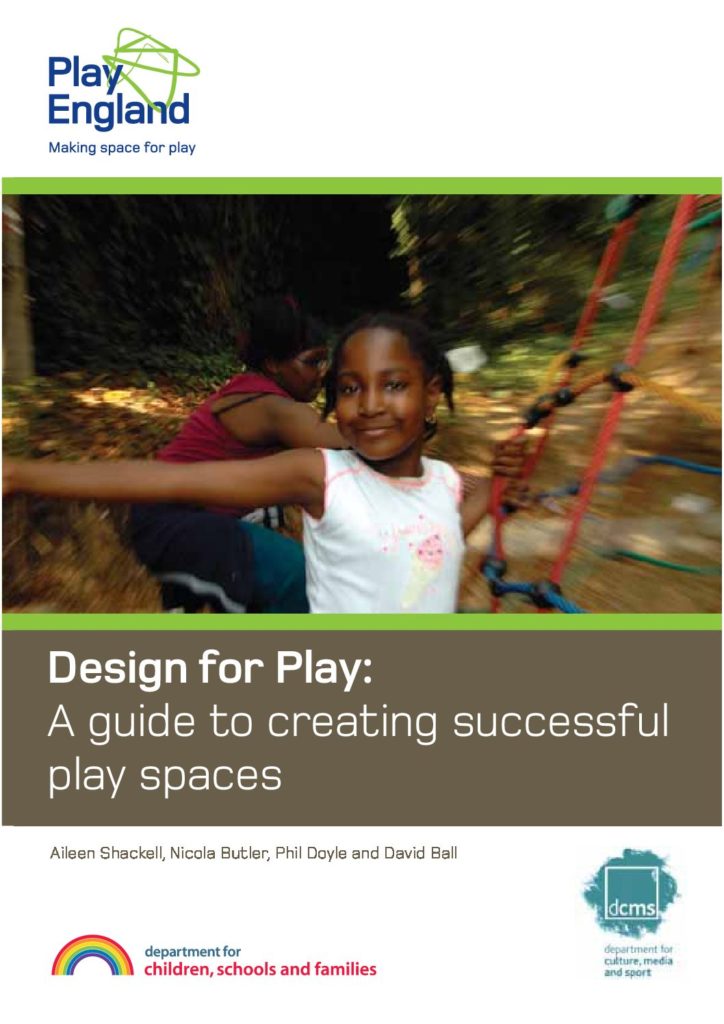This guide is, primarily, for commissioners and designers of children’s play areas. It is nonstatutory guidance to ‘playbuilder’ local authorities under the capital-spending programme launched by DCSF in April 2008. This programme, integral to the Government’s new national play strategy, has allocated an average of £1.1m to every top tier local authority in England and the Department ‘expects playbuilders to demonstrate best practice in innovative design and production of play sites and to be mindful of this guidance when undertaking their capital investment’ (DCSF, 2008b). The guidance is intended to support good practice in the development and improvement of public play space. It is not intended as a strict set of criteria for the capital programme, but to present guiding principles, suggested approaches and to inspire innovative and creative ideas.
The guide is also intended to inform the creation of outdoor play space for years to come, that does justice to children’s endless capacity for adventure and imagination, their fundamental need for exercise and social interaction and, above all, to their innate sense of fun. It is also aimed at those responsible for the wider public realm, and aims to show that well-used and well-loved places to play will often be integrated within the cohesive design of a wider community space. Places where children play can be important social places, not just for children and young people, but also for parents, carers and the wider community. They should be places where children and young people can enjoy spending time, be physically active, interact with their natural surroundings, experience change and continuity, take risks in an environment where they feel safe and, of course, play – alone or with others – in a wide variety of ways.





